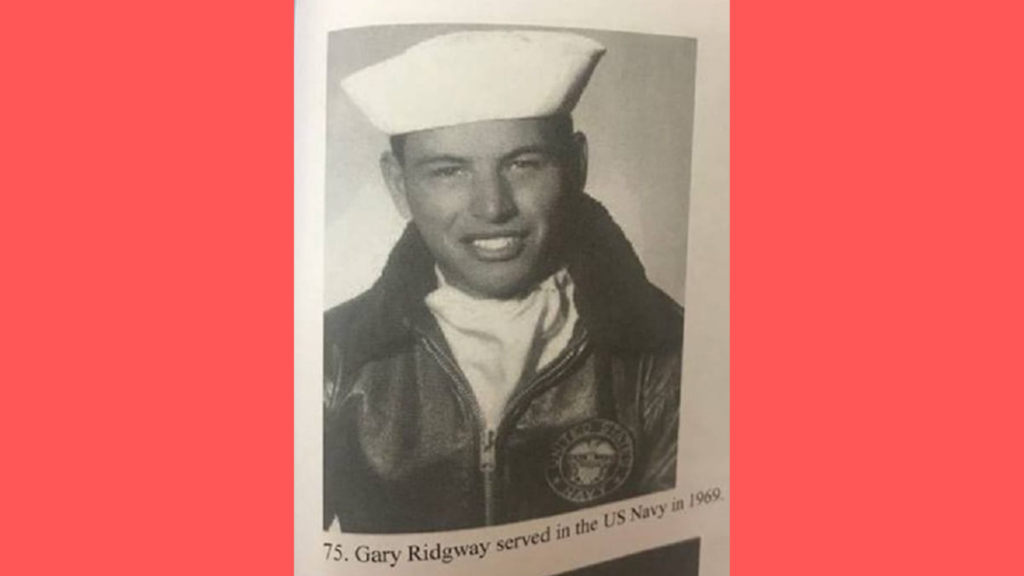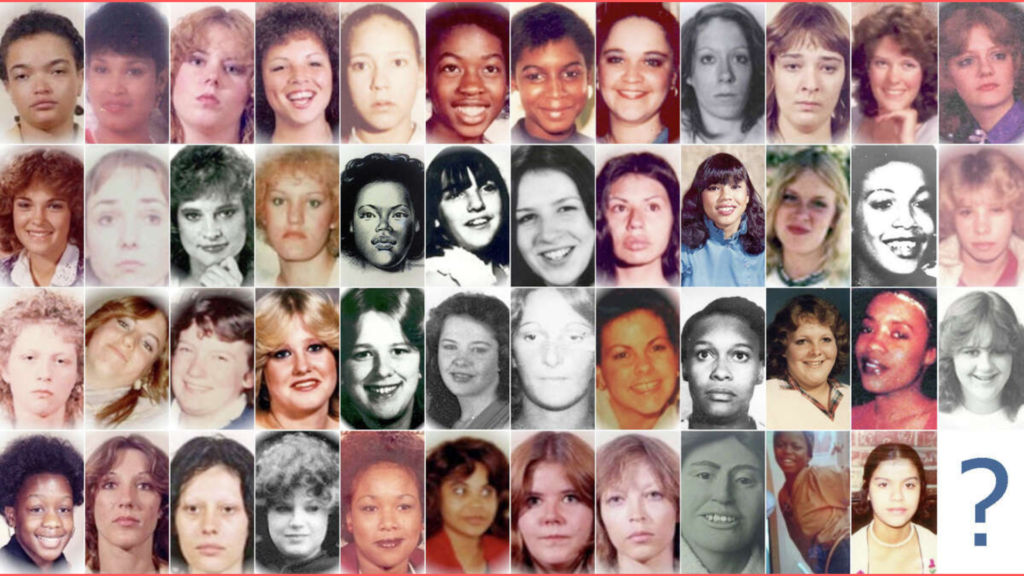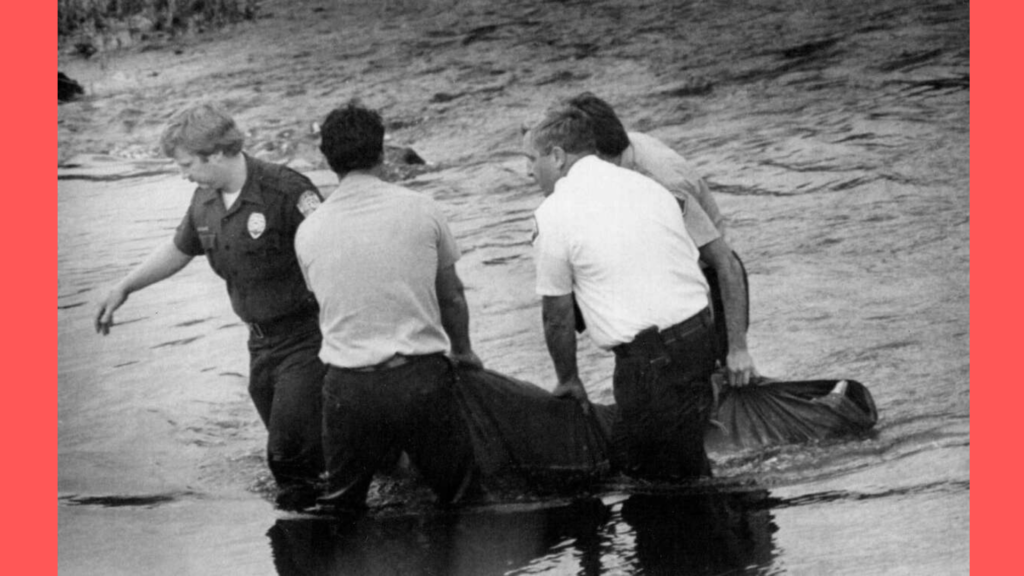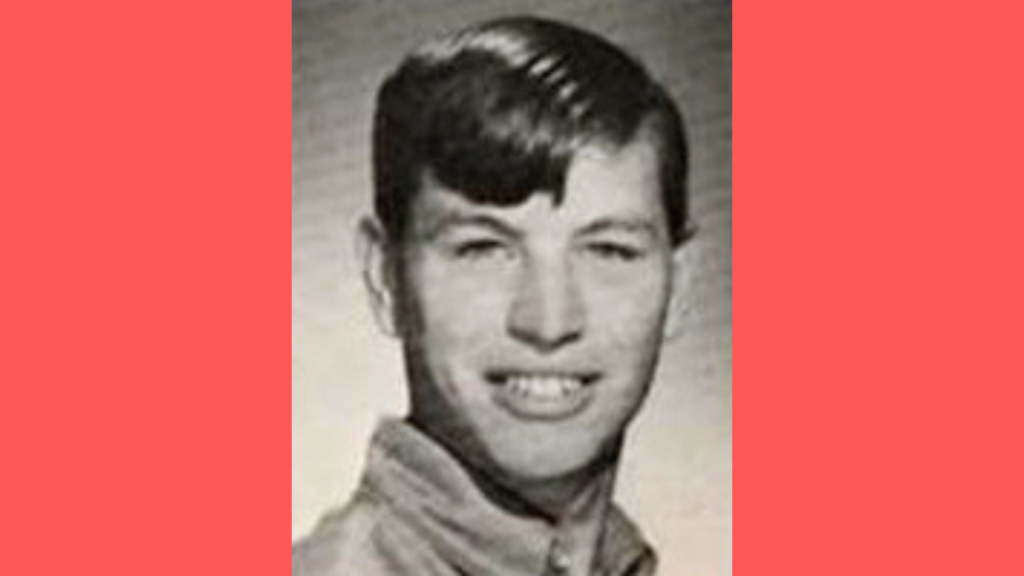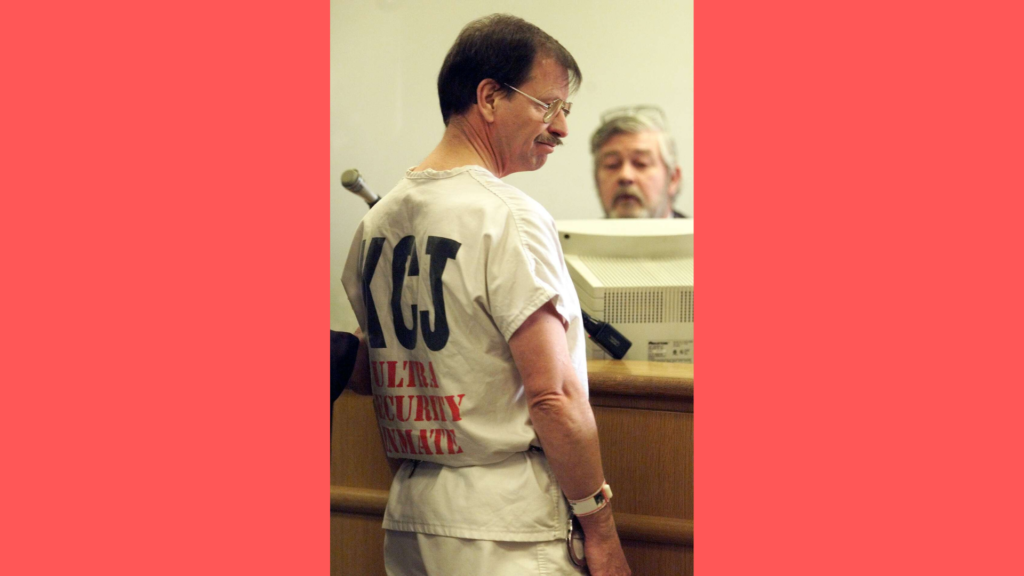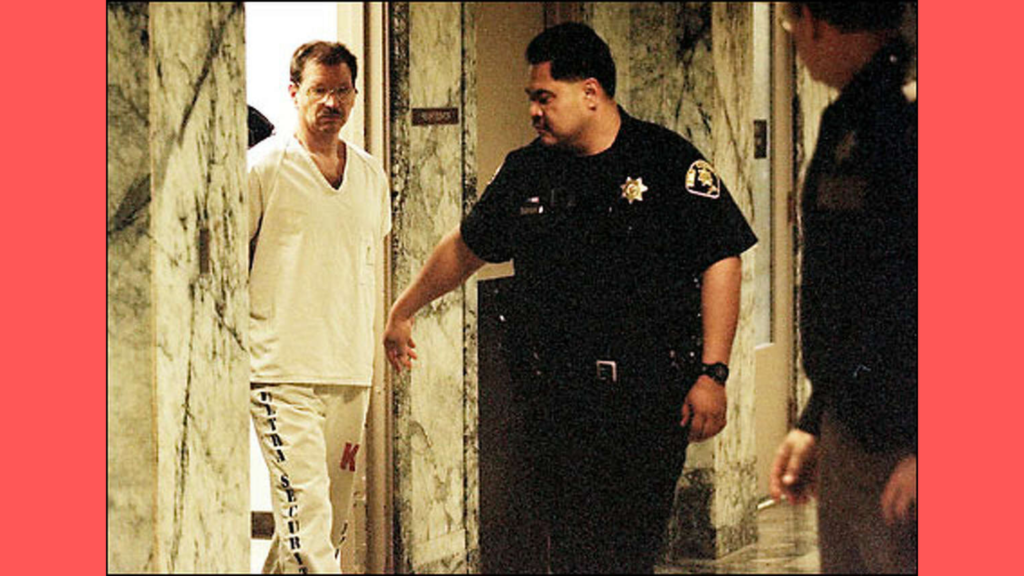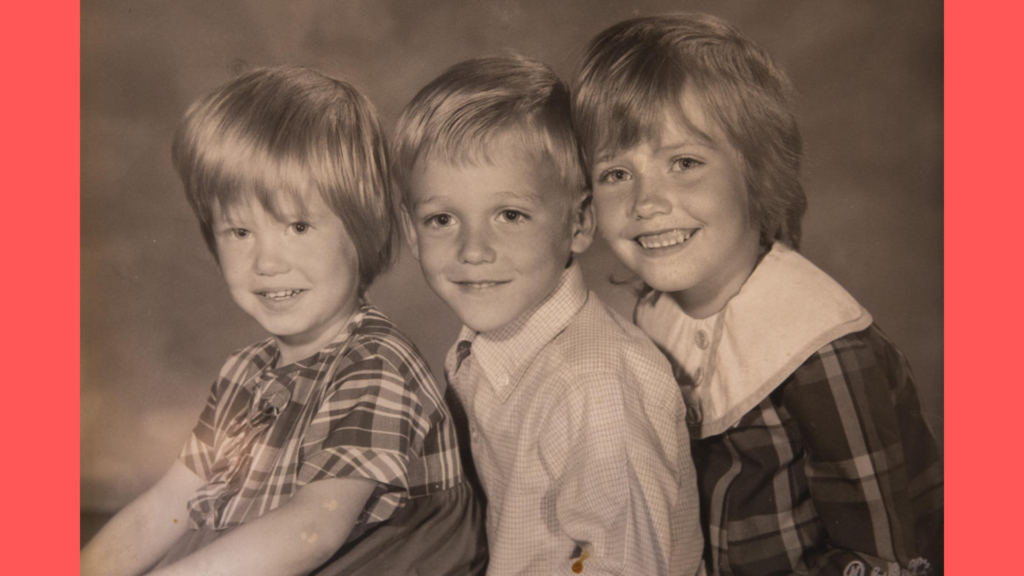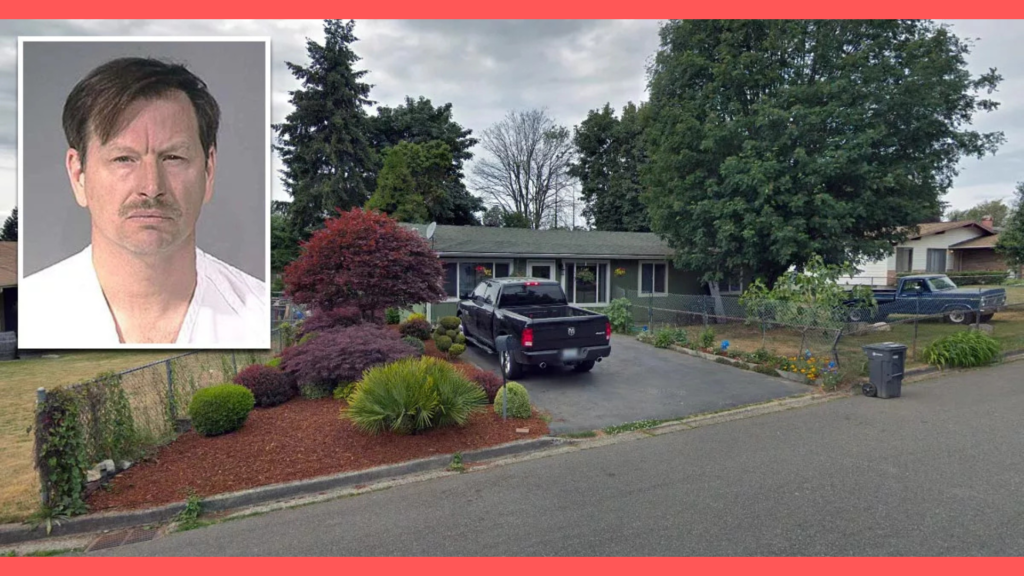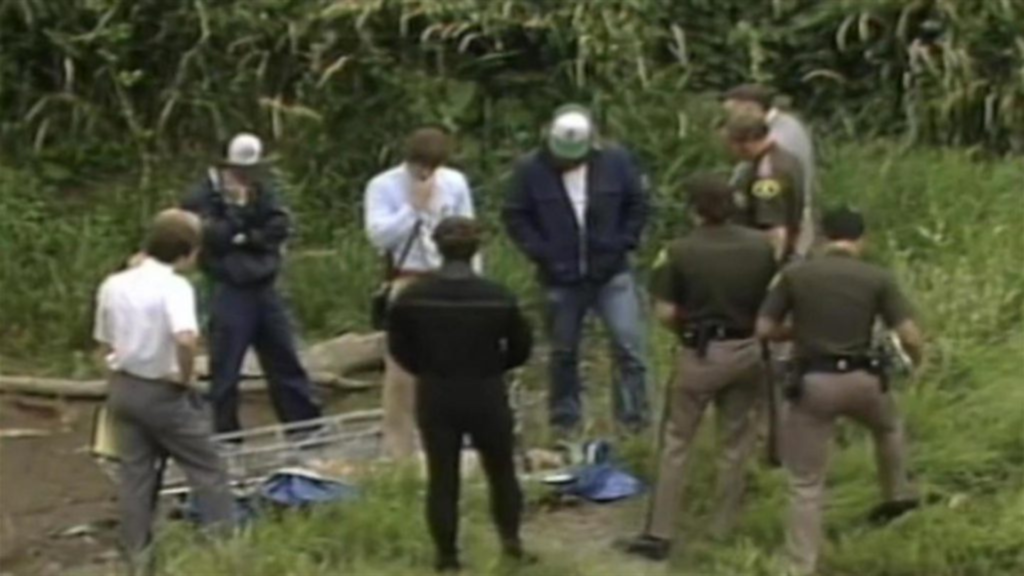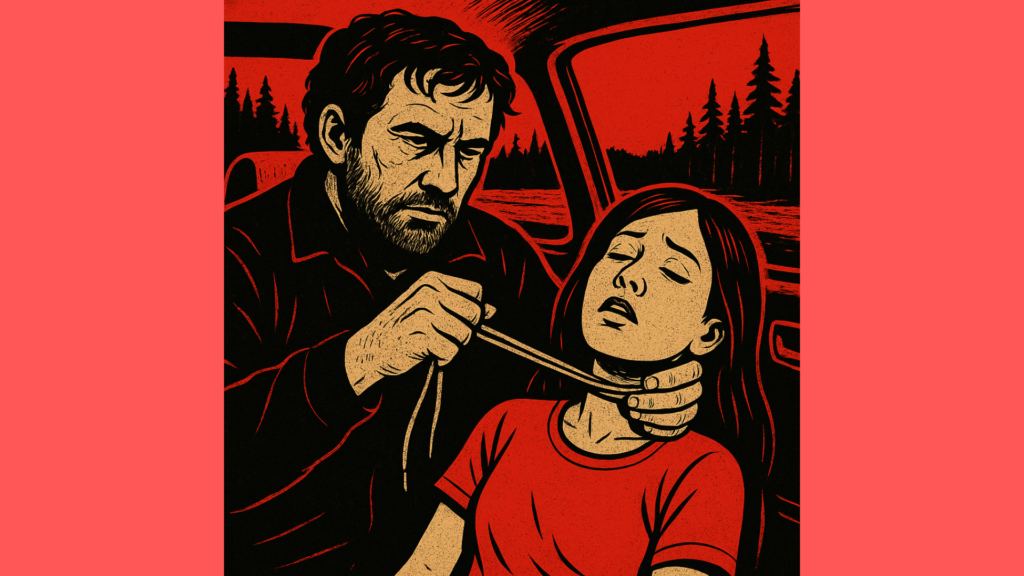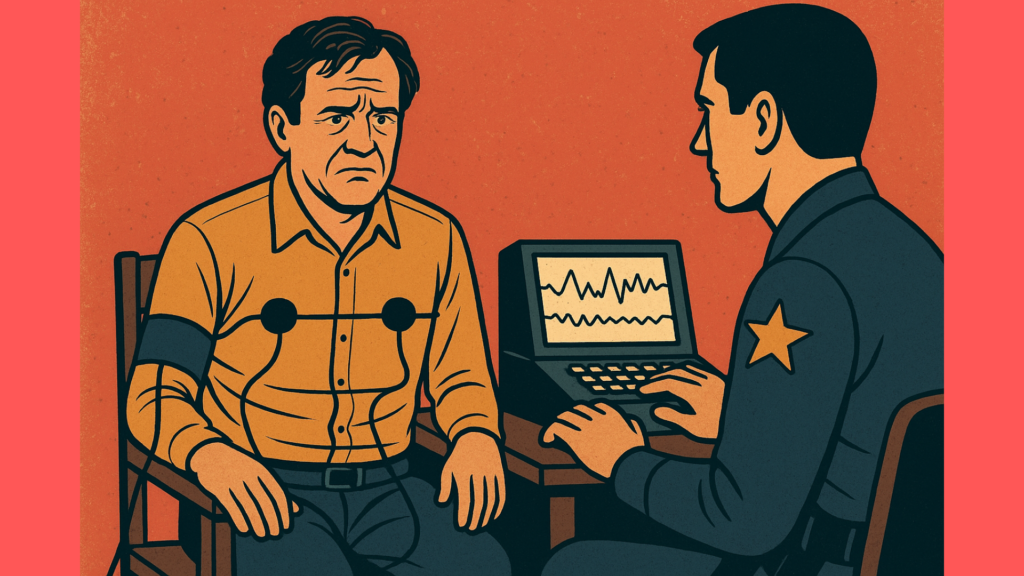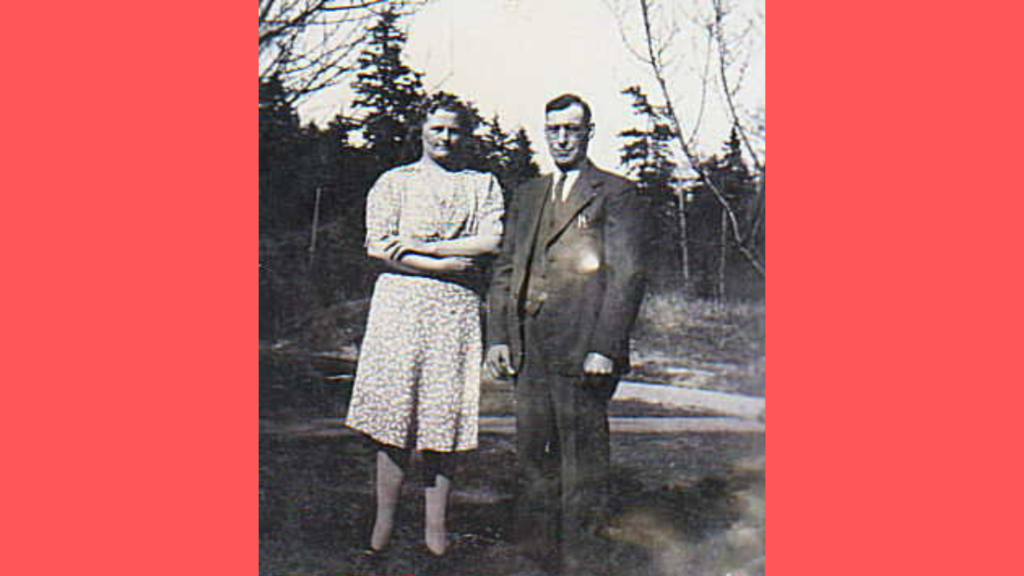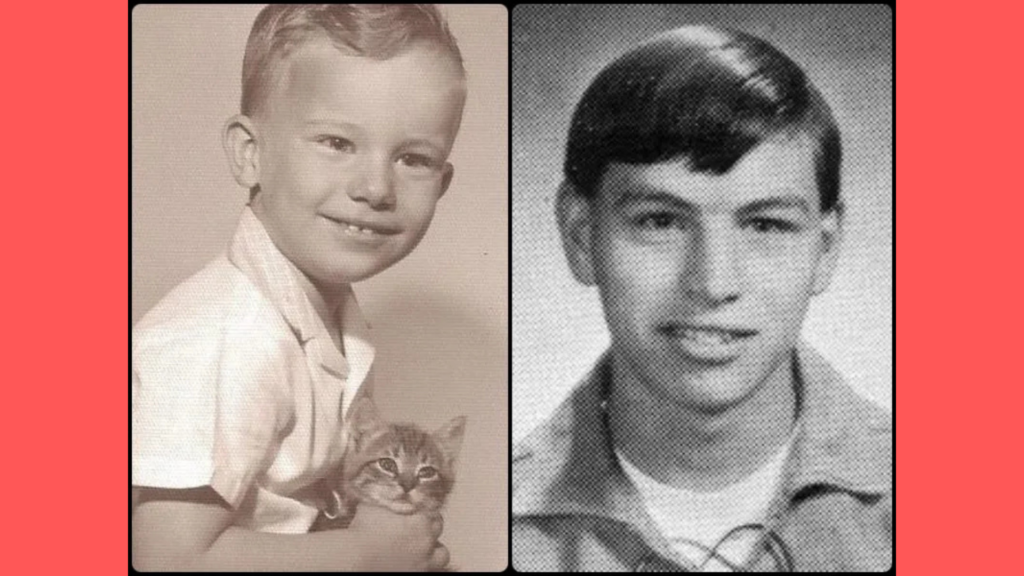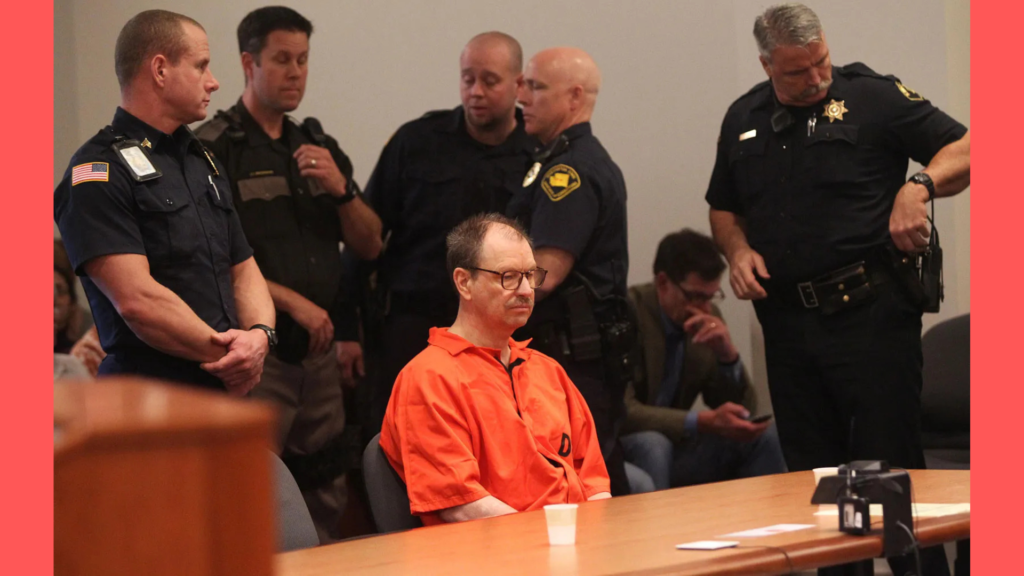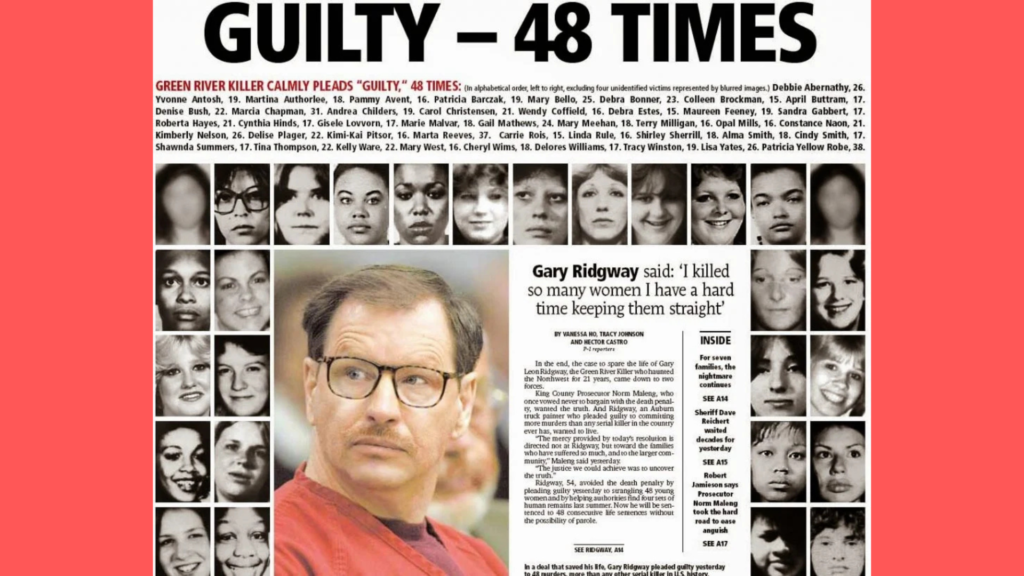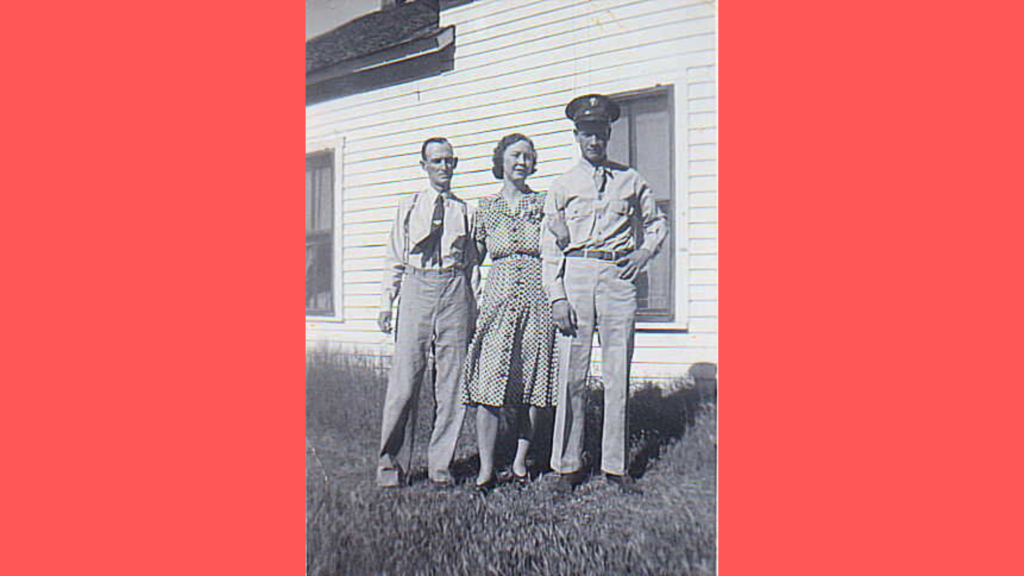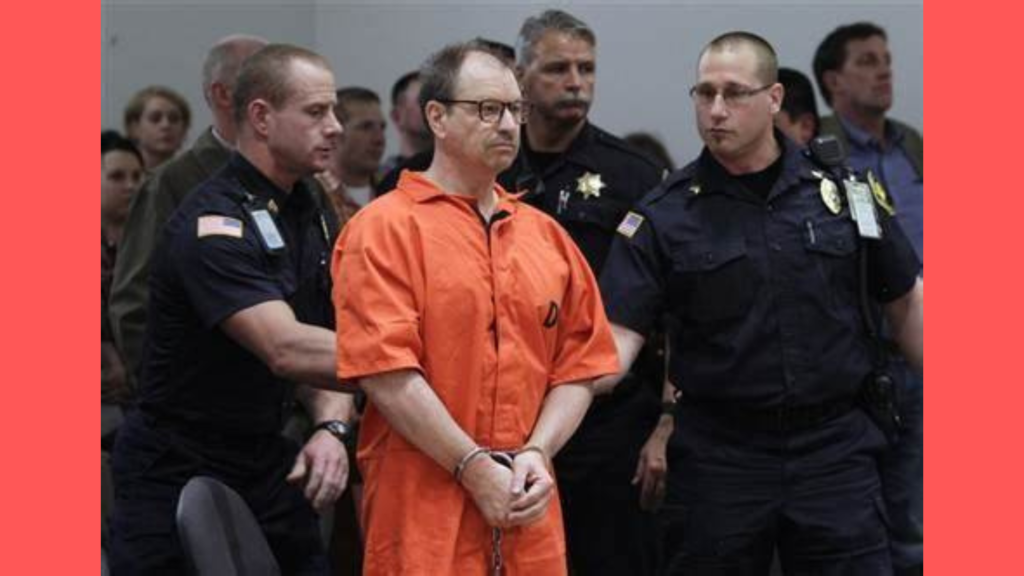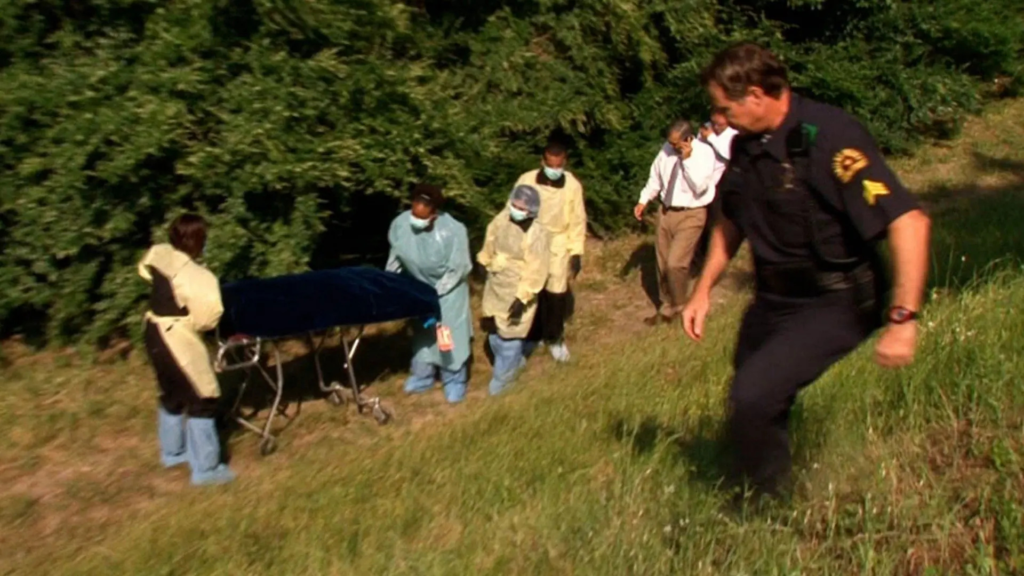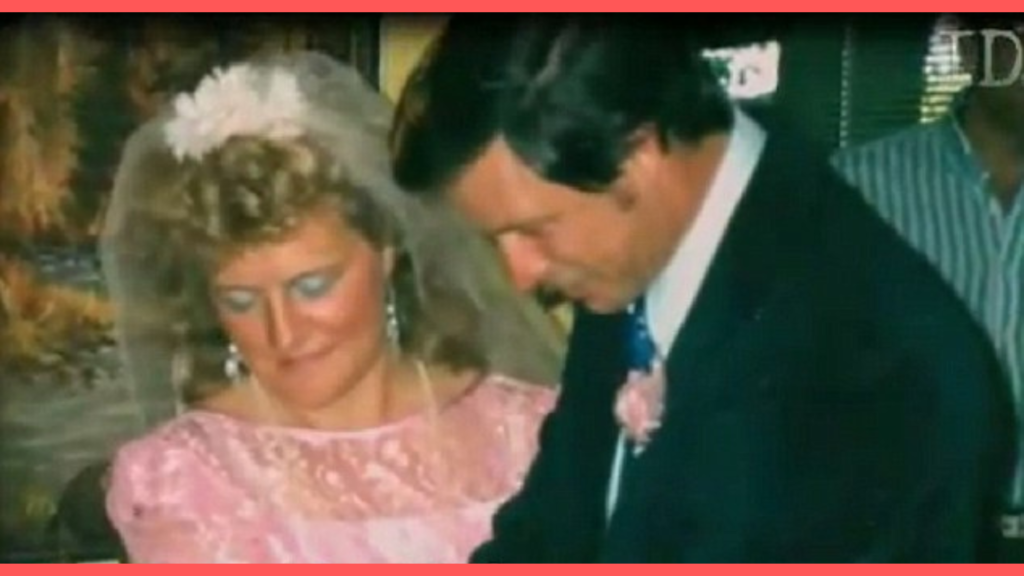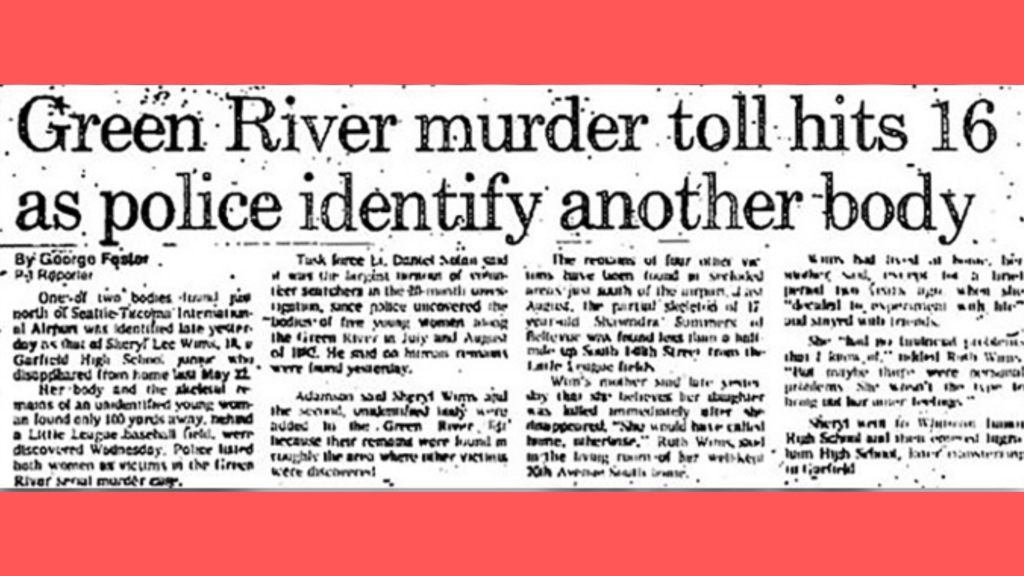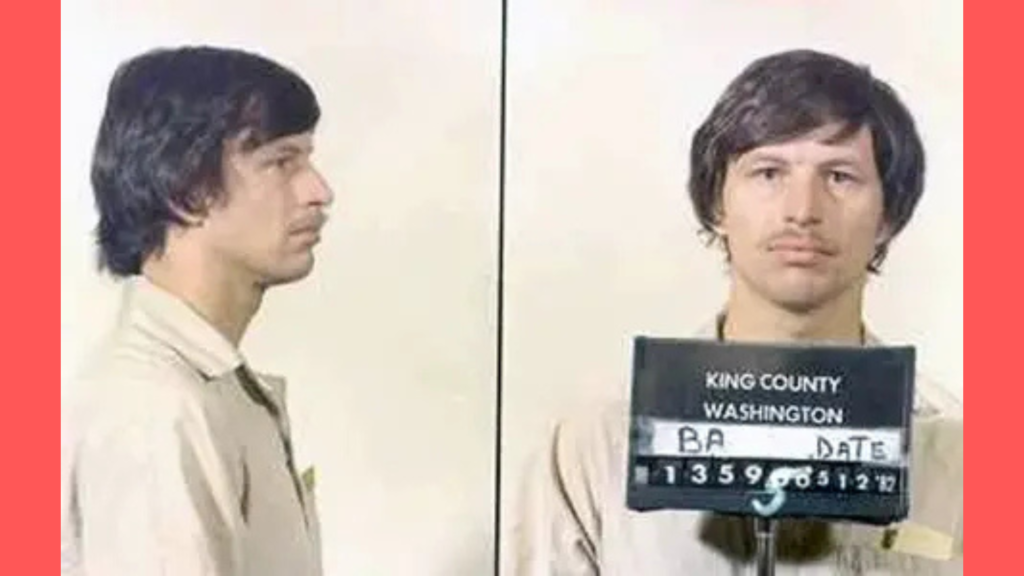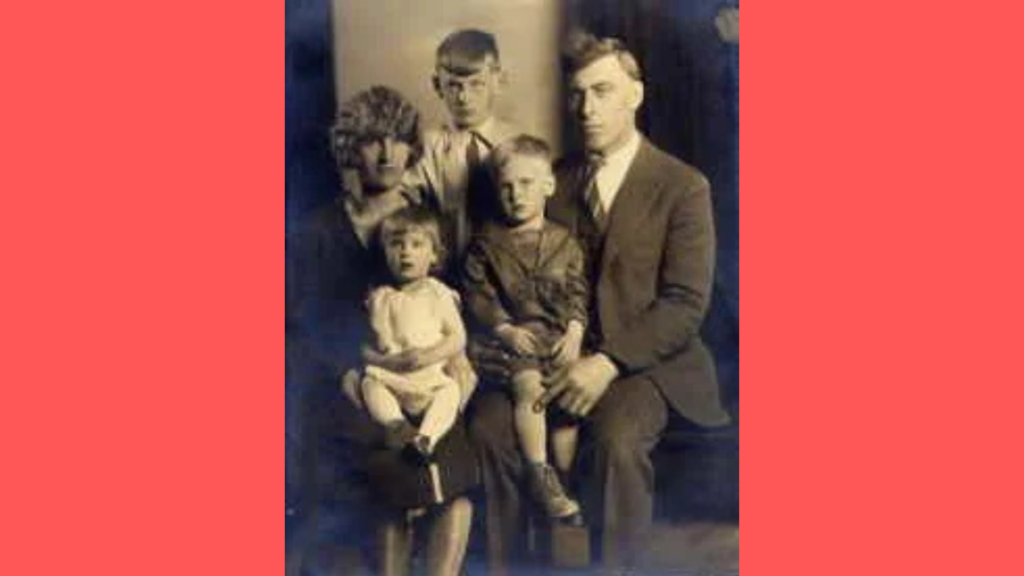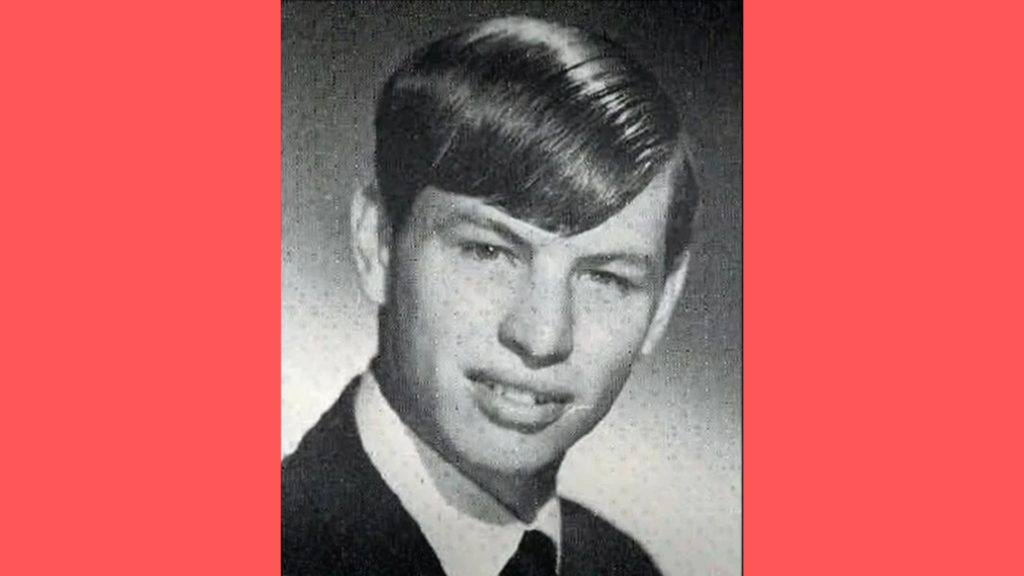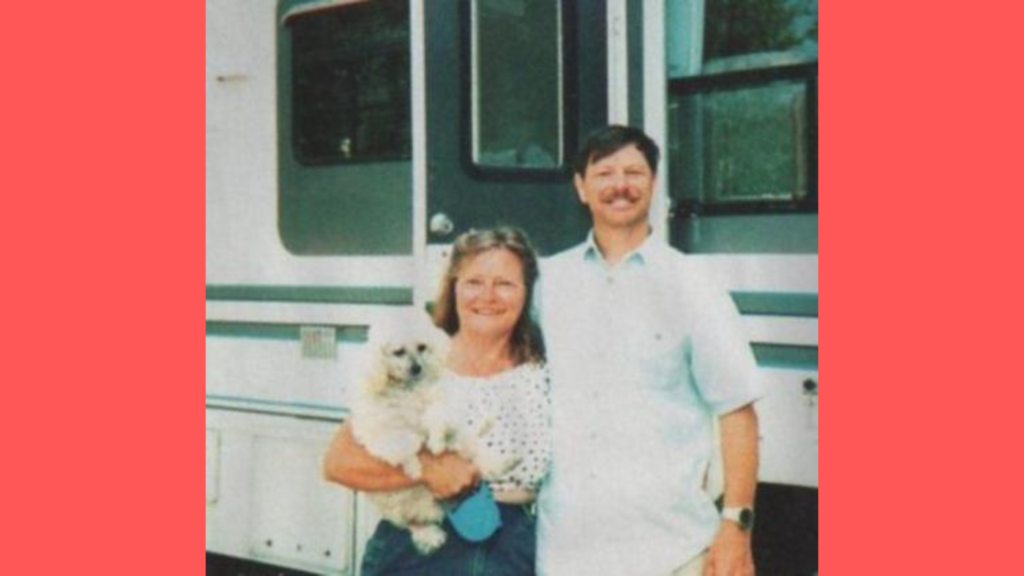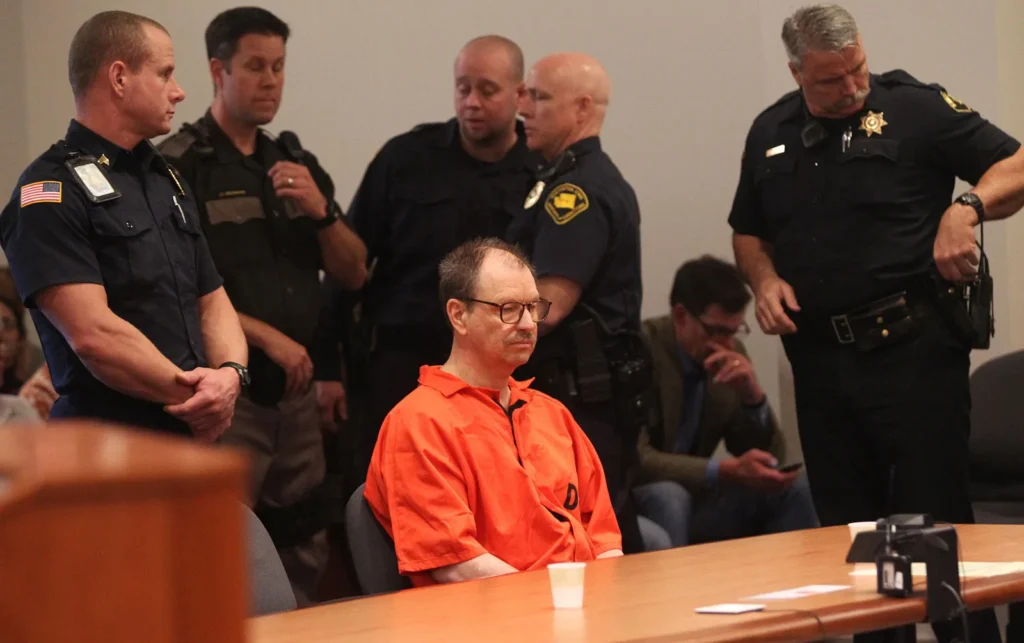
Introduction – The Serial Killer Who Evaded Justice for Decades
When people think of America’s most infamous serial killers, names like Ted Bundy, John Wayne Gacy, and Jeffrey Dahmer dominate the headlines. But in the shadows of these notorious figures was a man who killed far more victims than all of them combined—Gary Leon Ridgway, infamously known as the Green River Killer.
Operating primarily in the state of Washington between 1982 and 2001, Ridgway targeted society’s most vulnerable: runaways, underage girls, and sex workers. His cold, methodical killings and his ability to maintain an outwardly normal life made him one of the most frightening predators in history.
By the time he was caught, Ridgway had confessed to killing 48 women—but later claimed the actual number was closer to 71, and investigators believe it could exceed 90. Even more chilling? For nearly two decades, he lived among ordinary citizens, working a steady job, attending church, and blending into suburban life while carrying out his murderous double existence.
Early Life and Troubled Childhood
Gary Leon Ridgway was born on February 18, 1949, in Salt Lake City, Utah, to Thomas Newton Ridgway and Mary Rita Ridgway. He was the second of three boys.
Family Background
- Father: A bus driver who frequently complained about the prostitutes he saw in Seattle’s downtown area, often telling Gary stories about them—planting seeds of disdain and fixation in the boy’s mind.
- Mother: Described as controlling, with a volatile temper. She reportedly humiliated Gary during childhood by scolding him for wetting the bed and even washing his genitals afterward—an incident Ridgway later admitted caused him confusing feelings of both anger and sexual arousal.
School Life
- Gary struggled academically, scoring an IQ of just 82, placing him in the borderline intellectual functioning range.
- Repeated grades in school, labeled as slow, and often bullied by classmates.
- Teachers described him as quiet, withdrawn, and easily influenced by peers.
Early Signs of Violence
At 16 years old, Ridgway lured a 6-year-old boy into the woods and stabbed him in the stomach. The boy miraculously survived, crawling home for help. Ridgway claimed later he wanted to know “what it felt like” to kill someone—a disturbing foreshadowing of his future crimes.
Military Service and Personal Life
In 1969, Ridgway joined the U.S. Navy and served aboard the USS Tripoli during the Vietnam War. While stationed overseas, he engaged with sex workers and contracted gonorrhea, fueling a deep resentment towards women he would later target.
When he returned home:
- Married Claudia Kraig in 1970, but the marriage ended in 1972 due to infidelity on both sides.
- Married again in 1973 to Marcia Brown, a union that also ended in divorce after a few years.
- Married his third wife, Judith Mawson, in 1988, who described him as the “perfect husband” and believed she had saved him from his violent past—unaware he was still actively killing.
The Murders Begin – 1982
The first confirmed victim linked to Gary Ridgway was Wendy Lee Coffield, a 16-year-old runaway whose body was discovered in the Green River in July 1982. Within weeks, more bodies appeared—each dumped near the river or in wooded areas.
Victim Profile
- Most were sex workers, runaways, or homeless women.
- Ages ranged from 12 to 38.
- Many were last seen along Seattle’s Highway 99, an area known for prostitution.
Ridgway’s Method of Operation
- Approach: He would pick up women in his pickup truck, offering money for sex.
- Strangulation: Once isolated, he strangled them—often using his hands or a ligature, sometimes even the victim’s own clothing.
- Body Disposal: Dumped bodies near the Green River, in remote wooded areas, or along rural roads.
- Revisiting Victims: He would return to the dump sites for necrophilic acts, sometimes days or weeks after the murders.
- Clustering: Bodies were often found in groups, a deliberate tactic to confuse investigators.
The Green River Task Force
By 1984, the body count had reached alarming numbers. Police formed the Green River Task Force, led by Detective Dave Reichert.
Despite interviewing Ridgway in 1984 and 1987, they had no solid evidence. In fact:
- He passed a polygraph test.
- He offered DNA samples in 1987, but forensic technology at the time could not make a match.
Ted Bundy’s Chilling Advice
While on death row, serial killer Ted Bundy contacted the Green River Task Force and offered to help profile the killer. Bundy suggested:
- The killer was revisiting the bodies for sexual acts.
- He would likely keep souvenirs.
- He was probably blending into society to avoid suspicion.
Bundy’s insights turned out to be eerily accurate.
Living a Double Life
While killing women, Ridgway lived what seemed to be an ordinary suburban life:
- Worked as a truck painter for Kenworth Truck Company for 30 years.
- Active in church, reading the Bible and singing hymns.
- Hosted barbecues and helped neighbors with chores.
- Loved by his third wife, who considered him gentle and kind.
This duality made him nearly invisible to law enforcement.
Breakthrough: DNA Technology
In the late 1990s, advancements in DNA profiling allowed investigators to re-test evidence from the 1980s.
In 2001, DNA from Ridgway’s 1987 saliva sample matched semen found on victims Marcia Chapman, Opal Mills, Cynthia Hinds, and Carol Christensen.
Arrest and Interrogation
On November 30, 2001, police arrested Ridgway outside his workplace.
In custody, he was calm and cooperative. Over months of interrogation, he confessed in chilling detail:
- Killing became “his career.”
- He targeted women he considered “easy” and “less likely to be missed.”
- He sometimes killed two women in one night.
Plea Deal and Sentencing
In 2003, Ridgway struck a plea deal:
- He would confess to all murders and help locate missing victims in exchange for avoiding the death penalty.
- He was sentenced to 48 consecutive life sentences without parole.
Aftermath and Legacy
Gary Ridgway remains incarcerated at Washington State Penitentiary. His case:
- Highlighted the vulnerability of marginalized women.
- Exposed flaws in 1980s investigation methods.
- Demonstrated the power of DNA evidence.
Lesser-Known Facts
- Ridgway cried after some murders but never stopped killing.
- He sometimes painted his truck’s interior to hide forensic evidence.
- He killed women even after marrying Judith Mawson, despite her belief that he had changed.
- He once left a victim’s body in an area where it would be discovered quickly to throw off police timelines.
- He told investigators he stopped counting after 70 victims.
Complete Victim Timeline of Gary Ridgway – The Green River Killer
Note: This list is compiled from court documents, Ridgway’s own confessions, and investigative records. Some victims remain unidentified, and the exact number may be higher than listed here.
1982
1. Wendy Lee Coffield – Age 16 – July 8, 1982
- Runaway from Tacoma. Last seen with a man in a truck.
- Body found in the Green River near the Peck Bridge. Strangled.
2. Debra Bonner – Age 23 – August 12, 1982
- Sex worker last seen on Pacific Highway South.
- Found nude in the Green River on August 15.
3. Marcia Fay Chapman – Age 31 – August 1, 1982
- Mother of three. Disappeared from Pacific Highway.
- Found in the Green River on August 15 alongside other victims.
4. Cynthia Jean Hinds – Age 17 – August 11, 1982
- Known to work along the highway.
- Found near Marcia Chapman.
5. Opal Charmaine Mills – Age 16 – August 12, 1982
- Last seen walking home.
- Found in the Green River on August 15, partially clothed.
1983
6. Mary Meehan – Age 18 – February 1983
- Pregnant at the time of her death.
- Found in a wooded area in Auburn.
7. Delores LaVerne Williams – Age 17 – March 8, 1983
- Last seen on Pacific Highway.
- Body found in May 1983 in a wooded area.
8. Gisele Ann Lovvorn – Age 17 – March 1983
- Close friend of Delores Williams; they vanished around the same time.
- Found near Delores’s body.
9. Linda Jane Rule – Age 16 – March 1983
- Known to work along Pacific Highway.
- Found near Star Lake Road.
1984
10. Cheryl Lee Wims – Age 18 – March 23, 1984
- Last seen leaving her foster home.
- Remains found in 1986.
11. Marta Reeves – Age 36 – 1984
- Strangled and dumped in a wooded site near Seattle.
12. Unidentified Victim (“Bones 10”) – Approx. 14–17 years old – 1984
- Skeletal remains found in wooded area. Ridgway later admitted she was one of his victims.
1985–1986
13. Kim Nelson – Age 21 – 1986
- Known sex worker.
- Remains found near SeaTac.
14. Tracy Winston – Age 19 – September 12, 1983 (body found 1987)
- College student.
- Found in Tigard, Oregon.
1987–1990
Gary Ridgway’s killings slowed but didn’t stop. He became more careful, spacing out murders and dumping victims in different counties.
15. Patricia Barczak – Age 19 – 1987
- Found near Interstate 5.
16. Roberta Hayes – Age 21 – February 8, 1987
- Found in rural Snohomish County.
1990s
17. Martina Authorlee – Age 18 – November 1991
- Found in King County.
18. Patricia Yellowrobe – Age 38 – 1998
- Known sex worker.
- Found in King County.
2000–2001
Ridgway committed what he claimed were his last murders shortly before his arrest.
19. Marie Malvar – Age 18 – April 30, 2001
- Last seen in Ridgway’s pickup truck.
- Never officially found, but Ridgway admitted killing her.
20. Unidentified Victims – Several skeletal remains found over years in remote King County sites match Ridgway’s confessions.
Patterns Observed in Victim Selection
- Majority were between 14 and 26 years old.
- Most were sex workers, runaways, or vulnerable women.
- Many were strangled using ligatures from Ridgway’s home or vehicle.
- Several were left in clusters to confuse law enforcement.
Unidentified Victims
Ridgway confessed to multiple murders of women whose remains were never found or whose identities remain unknown. These include victims known only by numbers assigned during the investigation (e.g., “Bones 16,” “Bones 20”).
Gary Ridgway Victim Table – Known & Suspected Victims (1982–2001)
| Name | Age | Date Missing | Date Found | Location Found | Cause of Death | Notes from Ridgway’s Confession |
| Wendy Lee Coffield | 16 | July 8, 1982 | July 15, 1982 | Green River (Peck Bridge) | Strangulation | First known victim; body dumped in river to hide evidence |
| Marcia Fay Chapman | 31 | Aug 1, 1982 | Aug 15, 1982 | Green River | Strangulation | Dumped alongside two other victims in one night |
| Cynthia Jean Hinds | 17 | Aug 11, 1982 | Aug 15, 1982 | Green River | Strangulation | Found near Chapman and Mills; part of “cluster dumping” |
| Opal Charmaine Mills | 16 | Aug 12, 1982 | Aug 15, 1982 | Green River | Strangulation | One of three victims found in same area |
| Debra Bonner | 23 | Aug 12, 1982 | Aug 15, 1982 | Green River | Strangulation | Known sex worker; body found floating nude |
| Mary Meehan | 18 | Feb 1983 | May 1983 | Auburn, WA | Strangulation | Pregnant at time of death; Ridgway claimed she was “too easy” |
| Delores LaVerne Williams | 17 | Mar 8, 1983 | May 1983 | Auburn, WA | Strangulation | Found with friend Gisele Lovvorn |
| Gisele Ann Lovvorn | 17 | Mar 1983 | May 1983 | Auburn, WA | Strangulation | Victim of double murder night |
| Linda Jane Rule | 16 | Mar 1983 | May 1983 | Star Lake Road, WA | Strangulation | Known to work Pacific Highway |
| Cheryl Lee Wims | 18 | Mar 23, 1984 | 1986 | Wooded area, WA | Strangulation | Remains found years later |
| Marta Reeves | 36 | 1984 | 1984 | Seattle area | Strangulation | Older than Ridgway’s typical victims |
| Unidentified “Bones 10” | ~15 | 1984 | 1985 | Wooded area | Strangulation | Youngest unidentified victim |
| Kim Nelson | 21 | 1986 | 1986 | SeaTac, WA | Strangulation | Found near a popular prostitution area |
| Tracy Winston | 19 | Sep 12, 1983 | 1987 | Tigard, OR | Strangulation | College student; found far from Ridgway’s usual dump sites |
| Patricia Barczak | 19 | 1987 | 1987 | Near Interstate 5 | Strangulation | Found nude in wooded area |
| Roberta Hayes | 21 | Feb 8, 1987 | 1991 | Snohomish County | Strangulation | Body discovered years later |
| Martina Authorlee | 18 | Nov 1991 | Nov 1991 | King County | Strangulation | Found near highway |
| Patricia Yellowrobe | 38 | 1998 | 1998 | King County | Strangulation | One of Ridgway’s last known victims |
| Marie Malvar | 18 | Apr 30, 2001 | Never found | — | Strangulation (confessed) | Ridgway admitted to killing her; remains never recovered |
| Unidentified Victims (“Bones 16” etc.) | Unknown | Various | Various | King County, WA | Strangulation | Confessed to multiple victims whose remains are unrecovered |
Patterns Observed in the Table
- High-risk lifestyle victims: Majority were sex workers or runaways.
- Age range: Mostly 14–26, with occasional older victims.
- Geographic comfort zone: King County and surrounding rural areas.
- Cluster dumping: Multiple bodies often found in the same location to overwhelm investigators.
- Escalation & cooling-off periods: Intense activity in early 1980s, slowing in 1990s due to increased police attention and his stable home life.
50 Unique FAQs on Gary Ridgway – The Green River Killer
Early Life & Background
1. What was Gary Ridgway’s relationship like with his parents?
Ridgway’s father was emotionally distant and often spoke negatively about sex workers, while his mother was controlling, strict, and humiliated him during childhood incidents like bed-wetting, creating a mix of resentment and sexual confusion.
2. Did Gary Ridgway have any history of violence before becoming the Green River Killer?
Yes, at age 16 he stabbed a six-year-old boy to see “what it felt like” to kill. The boy survived, but Ridgway faced no major consequences.
3. Was Gary Ridgway academically successful?
No, his IQ was around 82, he struggled with reading comprehension, and was held back twice before barely graduating high school.
4. Did Gary Ridgway ever receive psychological treatment as a child?
No official psychiatric treatment is recorded, despite early violent behavior and social problems.
5. Did Gary Ridgway’s military service affect his psychology?
Yes, serving in Vietnam and contracting gonorrhea from sex workers deepened his resentment toward women, especially those in sex work.
Victim Selection & Methods
6. How did Gary Ridgway choose his victims?
He targeted women he saw as “easy prey” — mainly sex workers, runaways, and those who wouldn’t be quickly reported missing.
7. Why did Gary Ridgway strangle instead of stabbing or shooting?
He believed strangulation was “more personal” and also less likely to leave blood evidence.
8. Did Gary Ridgway ever keep trophies from his victims?
He admitted to keeping jewelry and clothing from some victims but often discarded them to avoid detection.
9. How did Gary Ridgway lure victims without suspicion?
He used his pickup truck, acted polite, and offered more money than usual for sex, gaining their trust before killing them.
10. Did he ever kill more than one victim in a single night?
Yes, Ridgway admitted to killing two women on the same night multiple times.
Dump Sites & Body Disposal
11. Why did Gary Ridgway use the Green River as a dumping ground?
The current could carry evidence away, and it was secluded enough for him to act without being seen.
12. Did he ever move bodies after dumping them?
Yes, he occasionally moved remains to new locations to confuse police timelines.
13. Did Gary Ridgway revisit his victims’ remains?
Yes, he admitted to necrophilia, revisiting dump sites for sexual acts until the bodies decomposed too much.
14. How far from his home did he usually dump bodies?
Most sites were within a 30-mile radius of his home or workplace.
15. Did Ridgway ever bury any of his victims?
He generally did not bury them, preferring to leave them exposed or hidden in brush.
Investigation & Arrest
16. How many times was Gary Ridgway questioned before his arrest?
At least three times — in 1983, 1984, and 1987 — but police lacked evidence.
17. Did Gary Ridgway ever take a polygraph test?
Yes, in 1984 he passed a polygraph despite being guilty, showing how unreliable lie detectors can be.
18. When was DNA evidence first linked to Gary Ridgway?
In 2001, DNA from his 1987 saliva sample matched evidence from multiple victims.
19. Who was the lead detective who finally caught Ridgway?
Detective Dave Reichert, who had pursued the case for nearly 20 years.
20. Did Gary Ridgway ever confess voluntarily?
He confessed only after being confronted with DNA evidence he couldn’t explain away.
Psychology & Behavior
21. Was Gary Ridgway a psychopath or sociopath?
Experts believe he showed traits of psychopathy, such as lack of empathy, manipulation, and calculated killings.
22. Did Ridgway feel guilt for his crimes?
He claimed he prayed for forgiveness after killings, but continued murdering, showing shallow remorse.
23. How did Ridgway manage to hide his crimes from his family?
He maintained a strict separation between his home life and killings, using excuses about working late.
24. Did Gary Ridgway abuse animals as a child?
There are no confirmed reports of animal abuse, but he did display other early warning signs of violent behavior.
25. Did Gary Ridgway have friends?
Yes, co-workers and neighbors described him as friendly, though somewhat odd.
Court Case & Sentencing
26. What charges was Gary Ridgway convicted of?
He was convicted of 48 counts of aggravated first-degree murder.
27. Why didn’t Gary Ridgway get the death penalty?
He made a plea deal to avoid execution by agreeing to confess and help locate victims’ remains.
28. How long did Gary Ridgway’s trial last?
The legal process lasted about two years, from his arrest in 2001 to sentencing in 2003.
29. How many life sentences did Gary Ridgway receive?
He received 48 consecutive life sentences without parole.
30. Where is Gary Ridgway imprisoned now?
He is serving his sentence at Washington State Penitentiary in Walla Walla.
Impact & Legacy
31. How many victims did Gary Ridgway claim to have killed?
He claimed around 71, but police suspect the number could exceed 90.
32. Did Gary Ridgway’s case change investigative methods?
Yes, it highlighted the need for DNA preservation and better tracking of missing persons.
33. Did Ted Bundy really help in catching Gary Ridgway?
Bundy provided insights into the killer’s habits that proved accurate, though not directly leading to arrest.
34. Has Gary Ridgway ever been attacked in prison?
There are unconfirmed reports of threats, but no documented serious attacks.
35. Has Gary Ridgway ever recanted his confession?
No, but he sometimes downplays his total number of victims.
Personal Life & Double Identity
36. Was Gary Ridgway married during his killing spree?
Yes, he was married to his third wife, Judith Mawson, from 1988 to 2001.
37. Did his wives suspect him?
None suspected him at the time; Judith described him as “perfect husband material.”
38. Did Gary Ridgway have children?
Yes, he had one son, Matthew, born in 1975.
39. Did Ridgway ever bring his child near dump sites?
Yes, he once brought his young son to a dump site to appear less suspicious.
40. Did Gary Ridgway attend church regularly?
Yes, he was active in church and often read the Bible aloud.
Lesser-Known Facts
41. Did Gary Ridgway ever use disguises?
He didn’t use elaborate disguises, but sometimes wore work clothes to appear like a harmless laborer.
42. Did Ridgway ever operate outside Washington State?
A few victims were found in Oregon, but most murders occurred in Washington.
43. How did Gary Ridgway finance his activities?
He lived modestly and used his regular income from truck painting to pay sex workers.
44. Did Ridgway ever stalk victims before killing them?
Yes, he sometimes watched potential victims for days before approaching them.
45. Did Ridgway ever kill men?
No confirmed male victims; his focus was entirely on women.
Aftermath & Continuing Mysteries
46. Are there still unidentified Green River Killer victims?
Yes, several sets of remains have not been matched to names.
47. Could Gary Ridgway be linked to other serial killings?
Some investigators suspect he may have killed in other states before 1982.
48. Has Gary Ridgway spoken to the media?
He has given limited prison interviews, but avoids discussing certain murders in detail.
49. Is Gary Ridgway eligible for parole?
No, he will spend the rest of his life in prison without the possibility of release.
50. What is the biggest unanswered question about Gary Ridgway?
The true number of his victims — and the identities of several — remain unknown to this day.
